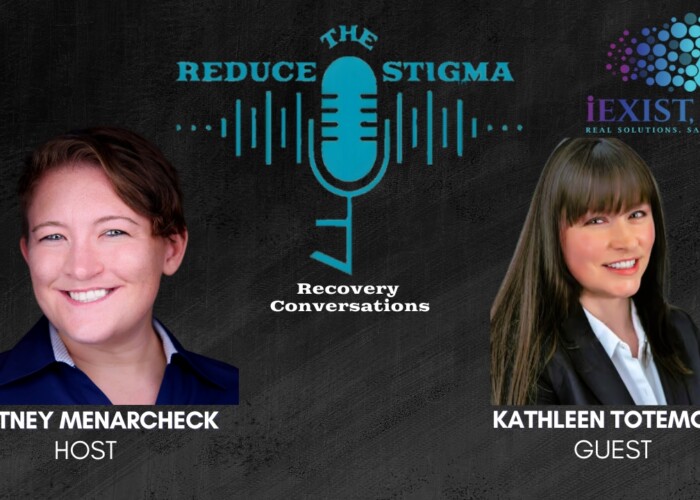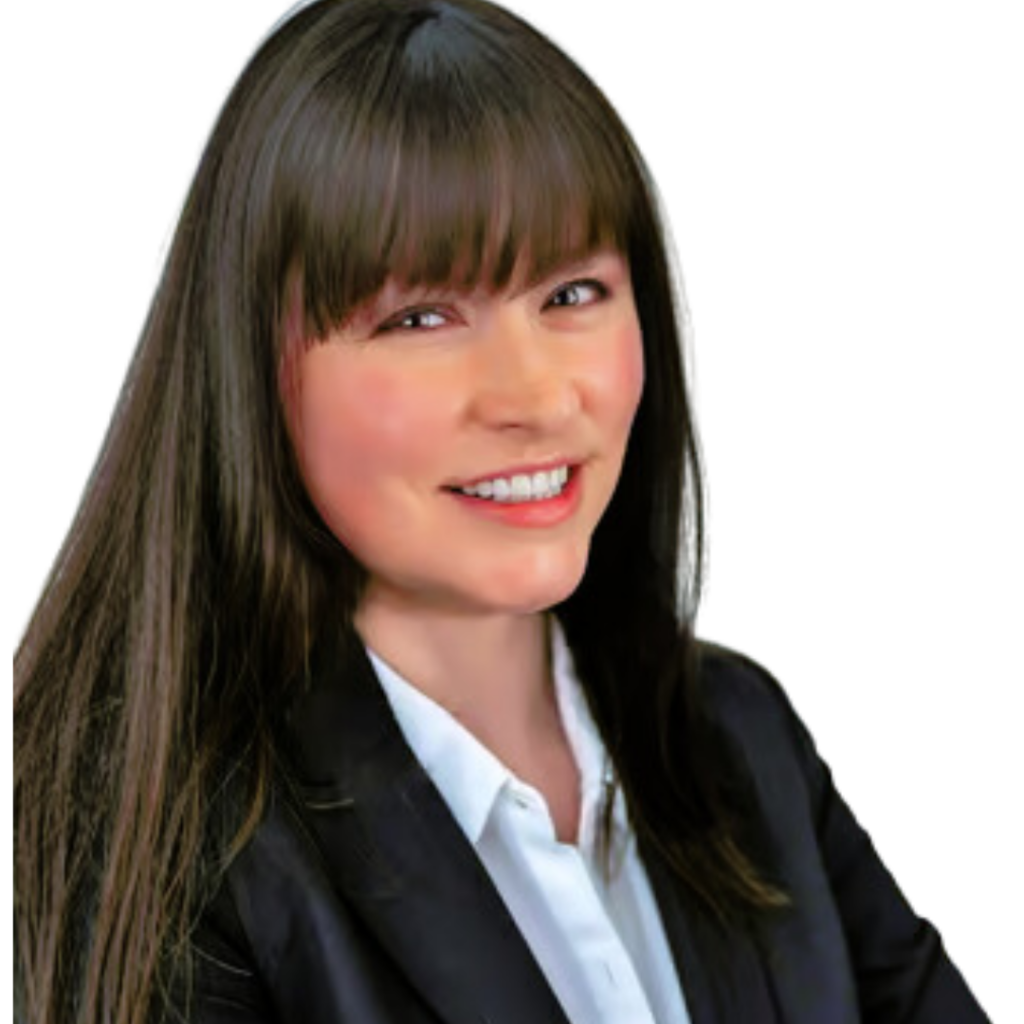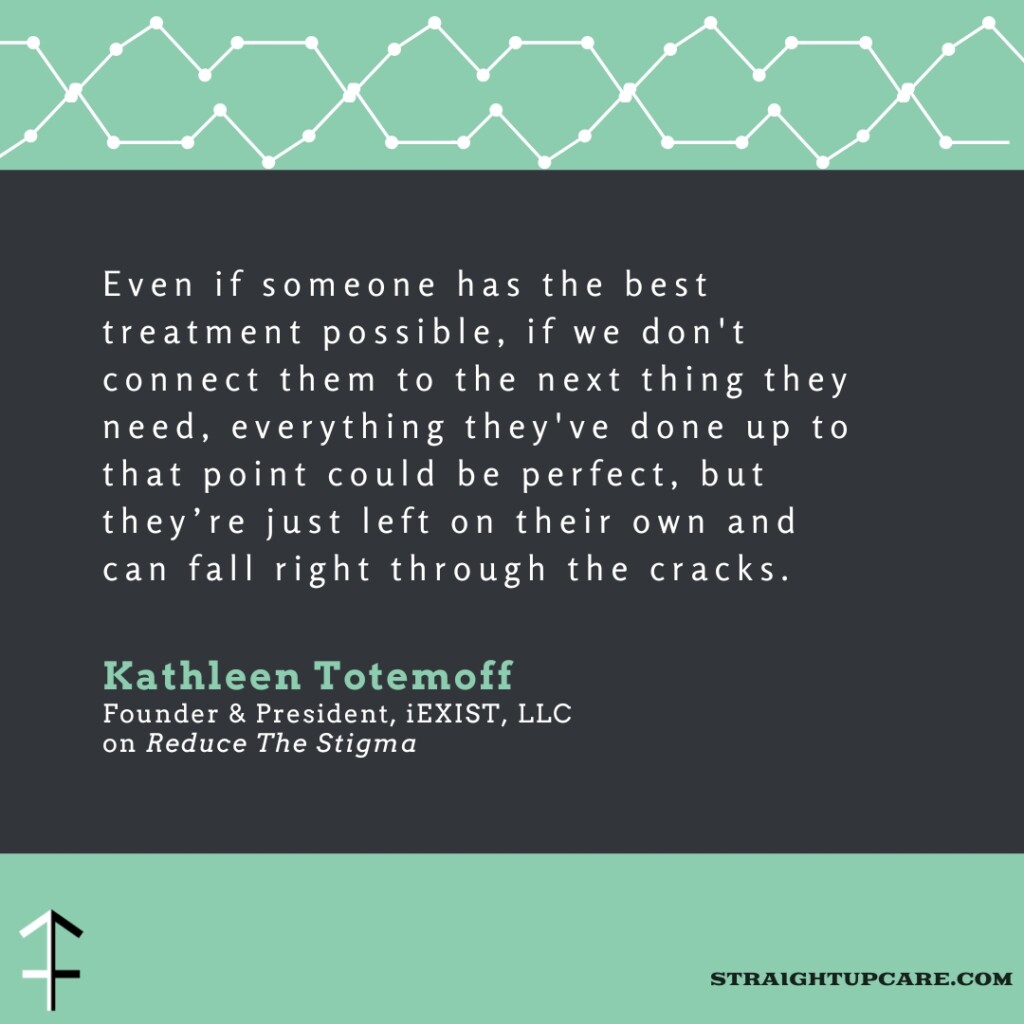Whitney (00:00)
Today’s episode, we are talking about data. Now, don’t go clicking away. If you are anything like me, you probably heard data and thought, nope, next, not listening. But I’m gonna ask you to just give it a chance because it’s not what you’re expecting. Instead of talking about numbers and charts and things like that, we’re gonna talk about how data can be used to drive change. Stay tuned and get ready to be inspired as we reduce the stigma.
Whitney (01:40)
Hello and welcome to Recovery Conversations. Today’s conversation is with David Whitesock, the founder and CEO of Commonly Well, which leverages data, technology, and content to power the pursuit of purpose and wellbeing for all. David is also the architect of the Recovery Capital Index, an instrument for measuring individual recovery capital. David, thank you so much for joining me today.
David Whitesock (02:05)
Thanks Whitney, I really appreciate the invitation.
Whitney (02:08)
I’m excited to talk to you. You have a lot of work that you’ve been contributing to the field. And I already said a word that I think we need to define, which is recovery capital. Let’s start there. What exactly is that?
David Whitesock (02:22)
Recovery capital is the things, the internal and external resources that every single individual, whether you have a relationship to drugs or alcohol or recovery, have to tap into, to draw upon, either to, in the context of addiction or substance use and recovery, to initiate that recovery process or sustain it, grow it. And so when you think about that from a definition. Just think about the things that are in your life, whether you’ve had a job or loved ones around you or what are your beliefs? Do you have a purpose in your life and do you know it? Transportation, clothing, food, water, all those, that’s all recovery capital just framed in the context around somebody’s transition from addiction to recovery. But I always like to make a really strong point that every single human on the planet has capital that they have to access in order to grow and thrive in the human existence.
Whitney (03:34)
That’s a really wonderful point. It highlights the holistic nature of recovery and just the human being as a person in general, right? We all have all of these different things and if we only focus on one component, we aren’t going to be successful. If we only focus on a mental health diagnosis or an addiction and don’t look at those other things, social determinants of health, resources, education, purpose, then how can we expect someone to move forward because we’re not addressing everything that makes them who they are.
David Whitesock (04:13)
Yeah, and that really kind of defines why Recovery Capital was coined. We’re actually 25 years from Recovery Capital being coined. There are two researchers in Denver at the University of Denver, William Cloud and Bob Granfield. They were a sociologist and a social worker, and they worked with people struggling with alcohol addiction, alcoholism and they had a group of people that they couldn’t quite understand. Some seemed to have this ability to naturally recover. And then there was another group that had to go through hundreds of AA meetings, multiple therapy sessions, clinical treatment, but it just didn’t seem to click. And the more they looked at the interviews and explored what they came down to while having hamburgers and William Clow’s backyard in Denver was, we’ve got personal, we have human capital, we know what that is, and we have social capital, they’re sociologists. We kind of think we understand this community or cultural capital. What do we call this in our context? And so recovery capital became the thing. And it was really tied to this idea of, of people naturally recovering, because that is the typical experience. 70 to 80 % of people who struggle with an addiction don’t go to care. And they end up going past that addiction to some other state that’s better in a natural way. Well, what are those things that, quote unquote, are natural?
Whitney (06:00)
So 25 years we’ve had this recovery capital and it’s starting to be used and acknowledged and what is it about the differentiators? And then in 2012, I understand is when you really made your impact on the recovery capital field. Can you tell us about what happened then and introduce us to the recovery capital index?
David Whitesock (06:24)
Yeah, I was, at the time, I had just started a new job with a nonprofit that had existed in Sioux Falls, South Dakota for a while called Face It Together. They were doing recovery support services, telephone recovery support, navigation for resources, and just starting to get into the idea of doing one -to -one peer support. And I joined the organization to kind of do a couple of things. One, We had other communities that wanted what Sioux Falls had. So we were trying to franchise it or grow it to other locations. So that was part one. And then part two was to really professionalize or systematize the delivery of recovery support. Again, this is 2012. Today, that sounds like, wait, there’s all kinds of stuff on recovery supports. There wasn’t in 2012. And so we were kind of using some writings from William White. Which is where I found the idea of recovery capital. So just as the story goes, I’m sitting at my desk on a Friday afternoon, our two co -founders enter in a meeting with a CEO of a healthcare system that was one of our funders. And the CEO of the health system says, this is great. We love the recovery stories that you tell. They’re empowering. It’s what humans do. But if you really wanna move the needle in healthcare. if you really wanna work with healthcare. Our goal at the time was to mainstream addiction care into healthcare. And so the healthcare guy says, if that’s what you really wanna do, you need data. And so one of our co -founders, Charlie, had been around for a long time. He used to be a CFO of a large health system, was a lawyer, CPA, worked for a big consulting firm. His…belief was if you hear what you’re supposed to hear in a meeting, the meeting is over. And so he heard that. I was the only one in the office that day. He walked over to my office and David, you have 30 days. Figure out how to measure recovery.
Whitney (08:32)
Wow!
David Whitesock (08:33)
And so, you know, think Alice in Wonderland and the rabbit hole or the matrix and the red pill and the blue pill. That got to be my position. And so I went down the rabbit hole and just started exploring. And we can talk about how that came to be. But the output after multiple years later was a measure that didn’t exist, really. That got beyond just measuring sober, not sober. Because what we knew was that paradigm, that dynamic was probably more harmful to people over time than what they experience in positivity or negativity and other places of their life.
Whitney (09:20)
Absolutely. And so I’ve shared on the podcast before that I’m a professional counselor by training. I haven’t worked directly with clients in a while, but I remember my resistance to data. A lot of that is how it’s presented as a requirement, which isn’t always fun to do the data and train things like that. And it took me a while to understand the role that data could play in a way that wasn’t cold, in a way that it was used for the individualized care of the person. I know there are others like me at that time who are thinking, data, why do I need that? I have my training, I have my experience. Can you help us all better understand how data can be used at that individual level?
David Whitesock (10:18)
Yeah, your experience is still pretty present today. There are still a lot of folks that were trained like you, trained in the humanistic relational way of therapy, which is talk therapy generally, and other interventions, right? Motivational interviewing, et cetera. And that’s all fine. And the big experience around federal or state grants is kind of, as you described, a very passive data experience. It’s a taking exercise I take from the client in order to get the funding we need to even serve the client. But clients be damned if they ever get to see the GPRA results that they spent hours putting data into. And so you asked the question, so why
Whitney (11:08)
You
David Whitesock (11:16)
Why do you want to have it in that day -to -day relationship? What I’ve learned is it comes down really to time and efficiency and creating an opportunity for seeing what can’t be seen. So the way that looks is, Whitney, if you were my therapist and we had 45 minutes today. You probably have a little bit of an agenda. I have a little bit of an agenda. We’re going to start the conversation somewhere. And that might go one direction, like we specifically want it. And we use the 45 minutes exactly for that. We talk about one thing. But there are, as you know, the complexity of substance use or other mental health conditions. There’s so many other things going on. So how do we get after those? How do you help me with that stuff, too? Or are there other things that I’m just not willing to share yet? Because I don’t know you. We haven’t built up trust. Or I’m not ready to go a particular way. But I do know, because I am conscious, that there are these things that are holding me back. I’m ignoring them, but I know they’re there. And so with questionnaires, with assessments, with surveys, we can deliver those at different times.
Allowing the individual to participate and communicate in a different way. You get to see that information in between sessions or even in the session. And then you get to start to say, well, wait a minute, I need to ask a question about this. Or maybe there’s a thing here that I can tell David that he’s doing really great on. He brought a bunch of negativity in here and I don’t know how to spin that. If I just had one or two other things about his life, I could…
Whitney (13:05)
Yes.
David Whitesock (13:13)
use some positive motivation. So that’s the kind of the bigger reason for it. I mean, we get into the nuts and bolts of like, how do you do measurement based care? But I don’t think that was the question you’re asking. I think it’s really like, why do I want to see all this other data coming in? It’s just because time, it’s time.
Whitney (13:29)
Right. Yes. And I think, you know, there’s the time component because there’s a lot coming on for both parties, right? The person who’s taking time out of their day, the professional working with them. And it’s not to, as I understand it, to expedite the interaction. It’s meant to be more effective and be able to hone in on what is truly a hurdle right now that needs to be overcome for that person with evidence to support it. And it makes me think about how subjective so many things in treatment can be. And there’s certainly the fear of, again, back to my hesitancy with data. Well, if the data says this, well, how do they know, you know, like, I don’t want it to be cookie cutter. What I’m hearing though is that it can really be a way to challenge beyond the immediate that are you, you know, free of substances or not, because that’s the number one thing usually that’s of focus and forces the clinician and the person to say, what are those other things that are easily from the subjective perspective forgotten about?
David Whitesock (14:55)
Yeah, so in my experience in the non -clinical side doing peer coaching and peer support, we’d have people come in all the time who had the experience where it was day one all over again. And when you return to use and you’re going through that psychological mind screw that is constant relapsing. You have a lot of, you either have people in your head telling you you’re a failure. You have yourself telling you you’re a failure and you have society telling you you’re a failure. And what we learned was the only way to really sort of sidestep that was to shift people’s focus and to get them off of that topic. Well, how can we get people off of that topic? Well, let’s, let me ask you 68 questions that have nothing to do with use or non -use and what we find, you mentioned something really interesting about like subjective data. How can I trust David’s interpretation of his life? Well, David’s the only one that can tell you. Well, but David’s an addict. He’s a liar. I hear that a lot. He’s not honest with himself. So the data is going to be flawed. Why would I even bring flawed data into this? The one time it’s probably gonna be over, it’s probably not gonna be quite right. And we have to just accept that. Because if you and I were to go to a party with a bunch of people, it was a social hour or something, and we don’t know anybody there, I guarantee you, whether we subconsciously do it or not, or consciously do it or not, we are going to embellish ourselves that
Whitney (16:40)
Yes.
David Whitesock (16:40)
first time. And so we do that in questionnaires, we do that in real life, in the grocery store, wherever. And so to put down the people that are in front of us for doing exactly that is just flat wrong to me. And so we have to do it multiple times. We do it a second time. Trust builds, responses have greater fidelity. A third time, more fidelity. And we start to regress to the actual and the data science regressed to the mean. Everybody has a mean. And so over time, we regressed to that. And the data gets really strong despite being subjective. And your response is your response. My response is my response. And we can do fun data science stuff to get all that to fit right in an aggregate way or a population way. But at the one -to -one, I’m looking at a statement, I’m looking at a question, and I’m responding to it. And I’m responding to it in that way.
Whitney (17:37)
Yeah.
David Whitesock (17:40)
And that’s what I’ve got and that’s what you’ve got as a therapist. And then you get to ask me about that and then playground.
Whitney (17:46)
I love that you brought up the fact that we are all going to naturally be a little, I don’t wanna say dishonest, but less accurate than the true fact of the matter. That’s why we can’t rely on eyewitnesses even in trials and things like that, because we have a skewed memory. And then if you add trauma into that, you may not recall something, or it just, if you think about Maslow’s hierarchy of needs, you may not have any energy to think about something. So then when you’re asked about it, how, you know, what are you supposed to say? So it really humanizes and forces, at least in my opinion, you know, to look at and validate the things that otherwise, I know I skipped over a lot, right? I worked at a methadone clinic and I had patients who had to walk this horrible pathway that was eroding along the side of the road. And I heard time and time again that they were having transportation issues. And I’m ashamed to say that I became numb to hearing it. I was like, okay, everyone, but if there was that tool, that data to say, look at all these things this person is doing, and then look at how big of an impact lack of transportation is having, and remove that from me, like, okay, yeah, everyone says it, kind of thing. That really eliminates some stigma and bias from the equation from all sides.
David Whitesock (19:19)
Yeah, we see this when we’re working with larger, not just organizations, but multiple organizations in an area where, so we work in a very large county in Florida, and there were ingrained beliefs about that community that all the therapists, all the administrative people that run these facilities had. And then skip ahead a year and a half later, we had a bunch of data from thousands of people who are saying a completely different story. And they had to come to terms with what they said to the community. We care about the people that we serve and we listen to them. And it’s like, no, you really don’t. Here’s what they’re telling you. They’re telling you that they don’t need more money to get jobs. They already have jobs. What they need is for the people that have the job for the employers to treat them with respect as to who they are. It doesn’t need to be a workplace of recovery. That’s not what people are asking for. What they’re asking for is, I have to go to therapy three days a week because I’m in outpatient treatment. Can I just get a little bit of help for me to do that so I can be as productive as I can here? And that little bit sort of got people to think differently and go, yeah, maybe we really are not allocating resources the right way. Maybe we can start to, what else does the data say? People start to get curious. What else are these people? And it’s not just the data, it’s actual human beings describing their lived experience. And we’re doing it in a data informed, a very solid data way. And we can pull all kinds of stories out of that information. We’ve been doing it for hundreds of years or a little over a hundred years in public opinion polling. And we tend to trust that. So why not over here in…
Whitney (20:51)
Yeah.
David Whitesock (21:17)
Health care and especially addiction care.
Whitney (21:20)
Right, and raising the voices of the people who are most impacted. Because it’s often the people who are so removed that are making the decisions. Data makes it very hard for them to dismiss an idea if it’s saying, no, no, no, we’ve got the job, we need the employer support. And that also facilitates such a strengths -based approach. Being able to say, let’s look at what’s going well, let’s look at what is working. Let’s keep feeding those things while raising up the other areas, which we always focus on the negative. And if we can focus on the strengths base, reward people for when they’re doing well, reward programs that are doing well, we’re going to see a larger impact, a positive impact, I imagine.
David Whitesock (22:10)
Yeah, and I like the idea of strength -based, but I also like to say that in a cognitive behavioral kind of approach, there’s a lot we can learn from the deficit side too, and the negative side. And that is like, how do we act and react around negative situations? And can we reframe that? Because yes, I think over time, spending a lot of time in data, we can sort of see the rising tide
lifts all boats, but we also see anchors. We do see indicators in some people’s lives that drag every, it’s so heavy. It just drags everything down. It could be a significant other because there’s a domestic violence issue going on. It could be one thing. And the question just becomes, how do we address that? And sometimes we can just, we can use CBT. In very interesting ways where we can sort of play with that, okay, this happened to you, it keeps happening to you. What are you thinking when that’s happening to you? I’m thinking about this. Okay, what’s the next thing you do? What action do you take? I take this action. Okay, do you see how that has left you stuck? Yeah, okay. We can play that whole game out. And I think it allows for what I’ve heard from counselors and therapists that we work with is those that… Some people have just gotten stuck. I don’t want to call it a burnout. Yeah, they’re burnt out a little bit. Same old, same old, same people over time. Nothing’s really fired them up. And the moment they start to see like this real data in real time, it’s like, I can get a little bit more creative here in this process that I’ve done the same thing forever. So I like, I really get jazzed about the notion that we can bring a little bit more creativity into the therapeutic or recovery process.
Whitney (24:03)
Yeah. I, and you said the word real time and that has such a big impact on the receptivity of it because I have shared my thoughts before like I value research. I know the role it plays and we have to have it. I also get frustrated because the process of research is years of studying, publication, dissemination, and sometimes by the time it reaches the people who need it. We are onto the next big challenge and that approach no longer works. You’re talking about real time data, which I imagine is where that creativity can come in because then you’re able to do things that maybe before you had to wait years for a research paper to suggest or say, hey, this works. But when you’re having data saying, hey, we need to address this component, this anchor, then that’s where that creativity comes. How do we do it for this person? What resources can we leverage? What other things are tying into this and that’s amazing to be able to do it now instead of in retrospect I could have done it that way.
David Whitesock (25:12)
Yeah, I appreciate researchers as well. And I appreciate research for the process of the scientific method and advancing knowledge. And I think when we learn things, we should share them. We should share them in the most robust ways and peer reviewed and all that stuff. At the same time, what businesses have learned is you don’t have time for that. And now there’s the incentive is a profit motive. If the incentive is saving lives, and you described it pretty well, then we should want to move really, really fast. The thing is, is none of the statistical models that are used in the academic research are any different than what we could apply in real time. Technology allows us to do that now. And so we can literally have the data come in, be processed through those models, you know, if we’re talking about population or other insights or findings, statistical, whatever and presented back with all of the caveats that this comes back at a 95 % confidence interval, blah, blah, blah. If there are eggheads that need to see that, and I get it, and I say egghead with affinity, we can do all that. And then you just have to, every organization has to come up with their own process. How do we use this data? And I’ll introduce something else. It all has to come back to, not the organization’s fixation and desire, but the patient or the client. It’s their data. It’s not mine. It’s not yours. It’s their data. And, you know, we, as an organization, we come at it as we’re stewards of that information. We only have a lease on your data and that lease terminates sometime in the future. And as a steward, if you tell me I can’t do something with it, I’m not going to do something with it. If I say I’m going to do something with it and I didn’t do exactly as I said, you deserve to know why. And so I think there’s a lot of different things when we start to bring data into this. Yes, research, but my experience is that…most research is really too limited. It’s redheaded, left -handed women that are pregnant on meth. And there’s like four of those. And what we learned from that might be interesting for a particular intervention, but not extrapolated to the complexities of an IOP or a .A .T. clinic operating today.
Whitney (27:58)
Right. Right. Because the funding goes into these little niches and we miss a lot of people that way. It’s like I worked in jail and all of the funding was for individuals who were sentenced. Well, in jails, the majority of people aren’t sentenced. They’re there on check violations and, you know, charges that are eventually dropped. And so they were being missed. And that’s what happens whenever we get into this funding restrictions. Whereas what I’m hearing is this real -time data that you are saying is the person’s, it’s also an empowerment piece for the patient. Like you said, why didn’t I get this care? If this was saying you needed to address this, why didn’t you? And let’s address this. And I think that’s a new step in recovery in addiction work because we’ve looked down so long on the person with an addiction and we’ve dismissed them as not actually being part of the problem, like as part of their treatment, we would never do that to someone with a physical health diagnosis. And so I think it’s on that verge of empowering the individual, valuing the lived experience, saying this is their life. And I think this data can really be used for people and data goes with them Right? Like it can go with them from one treatment provider to another if they’re all using, you know, a similar system. And then to be able to see the progress. how rewarding to be able to see your score, your capital go up in these different areas. There’s just so much at that individual level. Right. And then you’ve already touched on the population level, the identifying the gaps or what is and what isn’t working. Where do you see data playing a role as we continue to fight the stigma around addiction.
David Whitesock (29:51)
I think it’s going to come to, you kind of identified one thing and that is portability of information. If I walk into a facility and I don’t have any of my previous experiences from other treatment facilities, I get looked at based upon what I bring into the room, which could be a pretty bad situation. And a lot of people have those experiences when they have an overdose and go to an ER and it’s not where they’re from. And because I’m not cognizant, I can’t necessarily consent to that hospital system going to the other hospital system and getting my records. And so one, I think it’s going to force us to think about data, how it moves and how it moves with people. We have thoughts on that. And, you know, I think there’s the way, you know, blockchain allows for there to be a ledger and for people to manage their own information one way or the other, that’s going to be really interesting. But I think the other part of it is how we tell stories with the data. So the New York Times and the Financial Times and Washington Post do a really good job of using data for journalism and telling stories. So they take one human story and they write that in the most colorful, vibrant, explanatory language possible. And then they put next to it data that not only supports that one story, but takes 10 or 100 or a million very similar stories and shows that to you too. And so instead of waking up and once a year or every six months getting that terrible graph that we get from the CDC for overdoses every month. And we have people that know how to tell stories are actually telling the other side of that. And a human story plus charts and visualizations and fun graphics. I think we’re going to start to get people to see that it’s not just the gritty grimy whatever of what addiction is, but the light that comes from the whole experience of people going through a system. And so I think it’s going to come down to storytelling. And who does that? I don’t know. I don’t know too many great storytellers in our field. I know some, but this this annoys a lot of people that are my colleagues. I really do believe.
Whitney (32:36)
Yeah.
David Whitesock (32:44)
The needle is going to get moved not by the people that are us in the system. It’s going to be an outsider. So if you’ve read Malcolm Gladwell’s book, Outsiders, it’s going to be an outsider. It’s going to be an economist who knows nothing about addiction. It’s going to be an anthropologist. It’s going to be a journalist. It’s going to be someone that’s not no offense to Whitney or David who’s been working in the field forever. It’s going to be somebody who’s not burdened.
Whitney (32:58)
you
David Whitesock (33:13)
By our longevity in the status quo. Who will see different stories and will tell those stories. And so I’m waiting for that day, but yeah, it’ll be more stories because data will allow us to pull those stories out and do more creative things with them.
Whitney (33:29)
Yeah. Well, hopefully that comes soon. That person comes along real fast and starts writing those stories so that we can just speed up. The addiction field has come a long way, of course, in the last couple decades, yet we’re always behind physical health. We’re behind mental health too. Not as far behind mental health as we are physical health, but we’ve got, we need to get that needle moving.
David Whitesock (33:34)
You
Whitney (34:01)
You mentioned the word burden and I think there is that burden. I am not a person in recovery
from substance use. I have my mental health experience. But there’s that there’s almost I imagine a burden on people with that lived experience to tell their tale, to tell their lived experience to bust that stigma. So using that data, the aggregate data, as you mentioned, to be able to tell those stories allows the person to transcend the I am a person in recovery and here’s my contribution to battling the stigma. And so I’m curious what your thoughts are for is there anything else you’re seeing that’s kind of holding people or what you would like to see as far as the opportunities and who people are in recovery? I hope you pick your understanding what I’m saying. It’s just like what is the thing, what else are we doing that maybe could be harming and what can we be doing to support individuals in recovering a different.
David Whitesock (35:04)
Such a good question. You know, we can probably take it a lot of different ways, but what came to my mind as you were talking was an experience I had recently from somebody who I referred to an organization that I really believed in and trusted. And they got the support that they needed. They went through care and then they were just figuring out how to get back on track in their life. And next thing you knew, they were being kind of sat down and asked to go testify. And then they were being asked to become a peer coach and go through peer coach training. Like they were sober four months. Now they were highly engaged and motivated and they had overcome quite a bit and functional in their early recovery. And they probably seemed like the type of person that you go, yeah, let’s take you. You’re quick on your feet and you’re a good story and you look well and you dress well but this person called me and was like, what are they doing? I don’t even know. I don’t even know what tomorrow holds. How can I go do those things? That’s not, why are they doing that to me? And they were completely soured by their whole experience just because of that. And so I think we’ve got to figure out how, as an, how, as an industry, we think about resources and the people that we want to be part of the system of care and who gets to come to that? Because I’ve been noticing that we want to pull people into it a little bit too soon. Like even in my own experience, three years after I stopped drinking, I guess I had sponsored a couple of people, but I was nowhere in a place to be part of a professional organization actually working with people, not even, and I had a professional background as a radio broadcaster and communicator. And I was pretty arrogant and confident myself, but I had no right to be anywhere near that process. And so I think that’s one part. Another part is.
Whitney (37:01)
Yeah.
David Whitesock (37:17)
We need to figure out how to help people go back out into the world as they are to be the antidote that nobody sees. So I want to see more people. I don’t care if you say that you’re in recovery. I actually don’t. There’s a guy I listened to another podcast, Rich Roll. For the first like 400 episodes, he only mentioned that he was in recovery once or twice. Yeah, he shared his story, but where you got who he was and why he was doing what he was doing was by the way he did it. By how he showed up to his job, how he plucked out and wanted everybody he
touched to overcome and thrive. He didn’t have to tell you, I’m 9 ,000 days sober or I’m in recovery. And what that means for me is he didn’t none of that. So go back to your job at McDonald’s. Take what you learned in that adversity and apply it to being the very best fry cook or the very best mom or the director on a board or whatever. If you get to tell your story in a particular way, go do it. But I want to see more like vaccines of people getting out there and just sort of like showing up with that adversity, showing up with that experience and turning it up to 11. And not necessarily, I know this makes a lot of my friends in the recovery world just mad because they want to hear people like banging the drum and carrying the signs and recovery. And I was like, help people get back into life and show up a thousand percent. They will pay it back.
Whitney (39:14)
Right.
David Whitesock (39:14)
It’s not going to come back the way that we think, but they’re going to pay it back. And so I think there’s like there’s two worlds there, but they’re kind of sort of similar.
Whitney (39:24)
Yeah. I love that. We know there are people out there who are having to be quiet about their recovery because it’s not safe. And it would be wonderful if you are not saying, I’m high, I’m in recovery, not because it’s not safe, but because it’s not something that has to be discussed because you are just amazing. You are using that lived experience, the overcoming adversity and being incredible in whatever way you want to be. And that’s just who you are and it’s part of you. And so hopefully.
David Whitesock (39:59)
Yeah, and you know where this is showing up. It’s showing up in the sober curious world. And I think it’s because I’ve talked to some friends who have gotten into the sober curious place, the non -alcoholic drinks and those, that beverage scene. And they’ll tell me, they’re like, no, no, no, I want nothing to do with the recovery people. I don’t get that. I love them. I have friends, they’re my friends, but that’s not that I can’t connect there. Where I can connect is because the rest of society, you can’t change 95 % of the people, which is what the recovery community is trying to do. They’re trying to get 95 % of the world to come to their view. It’s never going to happen. So how do you work with the 95 % in that space? Well, guess what? Trends are changing. 22 -year -olds are not drinking as much beer. Hooray, now they’re finding other drugs and other things to put inside them, but there is a movement to go be more healthy, more well, more connected. And I think it’s showing up in that sober curious world, which is really fascinating to me or low -alc or no -alc kind of world. Like I want to be present. So how do I be present? Well, that’s recovery. Recovery is being present.
Whitney (41:13)
Yeah.
David Whitesock (41:24)
And so I think it just show up a lot of different ways. It doesn’t have to be one or the other. It could just show up a lot of different ways.
Whitney (41:29)
Yeah, I hadn’t thought about that and that’s really interesting to think about and how inadvertently the Sobercurious movement is making more spaces recovery friendly, even if that wasn’t the end goal. And you’re right. I mean, recovery is about being present and just overall well -being, taking care of yourself. And what do you need for your mental, physical, spiritual well -being? And we all need more of that, no matter what your background is. So hopefully we just see this as well -being. I love that. And we’ve touched on so many really neat things, but as we wrap up, I want to ask you, would I ask everyone, if people walk away from this conversation and can only take one thing with them, what would you like it to be?
David Whitesock (42:20)
Mmm. I love the question. Don’t be afraid of data. In fact, everything we do, everywhere we are, inside and outside our roles in this space, there’s data. And we’re using it everywhere. Most people are wearing an Apple watch or a Fitbit or tracking our steps on our phone. So there’s data everywhere. So we don’t need to be afraid of it. What I would say is start to be curious of information. And you don’t have to start bringing it into your sessions right away. Just get curious, ask all the questions. Why does it say this? Why do we use the PHQ -9 and the GAD -7 every single time? And why is it every time I open up a literature of PHQ and GAD -7 scores, it always shows that it’s going down. If that’s the case in depression, anxiety systems always go down. Daring therapy, why are we measuring it? That’s a curious question. I like that question. Maybe we just have to keep the evidence coming, right? Because if it changes, you want to know that. So I would say that. And the other part I would say to that too is if you take one other thing away from this, use these instruments yourself. So many therapists I run across, so many people that are in the work. They tell their client to do all the questionnaires, but they never like engage in that self -evaluated process themselves. So I say do that yourself. Take the RCI, take the PHQ. You’re like, I don’t have anxiety. I know you don’t, but maybe if you saw that question every two weeks, just like your clients, you might come at this a little bit differently. You might learn something about yourself.
Whitney (44:13)
Great.
David Whitesock (44:16)
Most successful people I know in the world, their number one habit is a process of self -reflection. Questionnaires and assessments, I’m biased because that’s what my business is. Questionnaires and assessments, surveys are a process of self -reflection and self -evaluation. You cannot but learn about yourself and eventually change yourself. If you honestly engage in that process. So that’s my hope that people will go out and just do a bunch of surveys now.
Whitney (44:55)
Take away, get data curious. So we’re going to do the data curious movement. I mean, I agree. I think there’s just, we like to know how our brains work, why we are the way we are. And that’s exactly what data does. It’s not an end all be all. It’s not if you have this score, that’s it forever. It is here’s something.
David Whitesock (45:00)
Yes, I love it.
Whitney (45:21)
To get you thinking and what can you do about that? Are you proud of that score? Do you like that score? Do you want to improve it? Or is it something that says you can tend to something else? So I love it. I am probably going to go see what other assessments I can take for myself. Yes, please.
David Whitesock (45:34)
Can I share one real quick story? We had a customer this morning that we were talking to and they said that they had a client say to them after four or five months of therapy that the greatest joy of learning about that recovery process for them was to be able to see their progress in a chart over time and what I say about that is our brains and our bodies tell us one thing. Actually, they’re telling us a thousand things. Pictures really are worth more words. And so when we can see data visualized too, if it’s ours or others, don’t underestimate the impact or the motivation that we’ll have on people. Even though I know the ego of you as the therapist, not you Whitney, but the therapist is like, I made this transfer. No, let the placebo take effect. Let the internal intrinsic motivation take effect. Be the one that’s just near and allow people to just like find the ejection button themselves.
Whitney (46:50)
Absolutely. It’s their life. They need to have the resources and tools within themselves. You don’t want someone dependent on a therapist or anyone. So give them every resource to be successful for who they are and as they move forward and hopefully one day don’t need to see you anymore. That’s the ultimate goal.
David Whitesock (47:11)
Yeah, sadly there’s more people that need the help. So let’s move people through and get to the next one as fast as we can.
Whitney (47:15)
True. That is true. Yeah. Well, David, I think we could continue talking because there’s just so many interesting things. But I don’t want to take up any more of your valuable time. I want to say thank you so much for sharing the story of RCI and how we can really be leveraging data differently and looking at it as an invaluable tool in the recovery toolbox.
David Whitesock (47:44)
Thanks Whitney, I really appreciate the conversation, it was fun.
Whitney (47:46)
And for all of you listening, be sure to pass this along, like, share, subscribe, get this to others who can really benefit from hearing about this additional way to pursue recovery and empower individuals. So thank you all for listening.
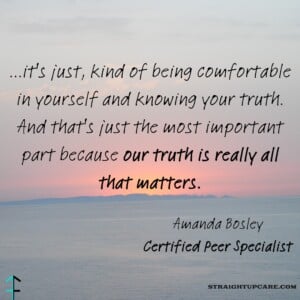
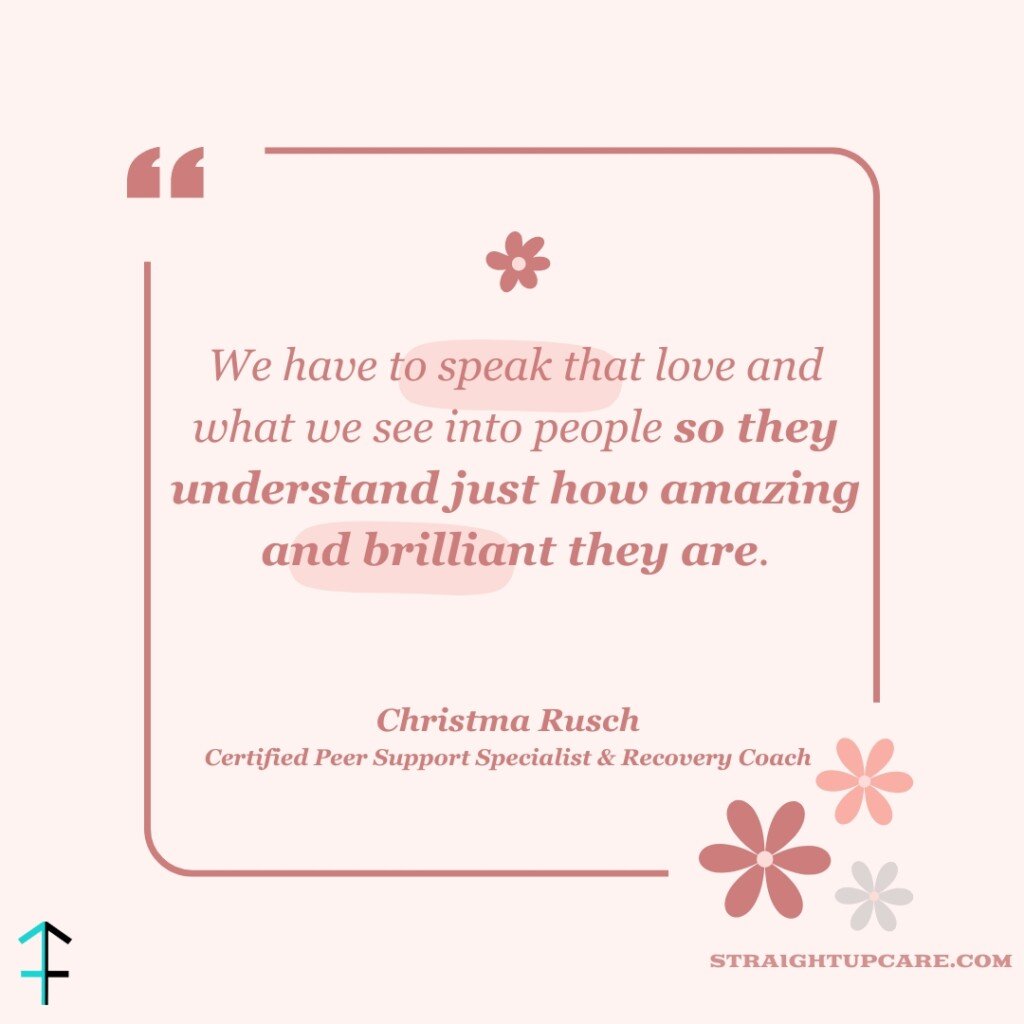
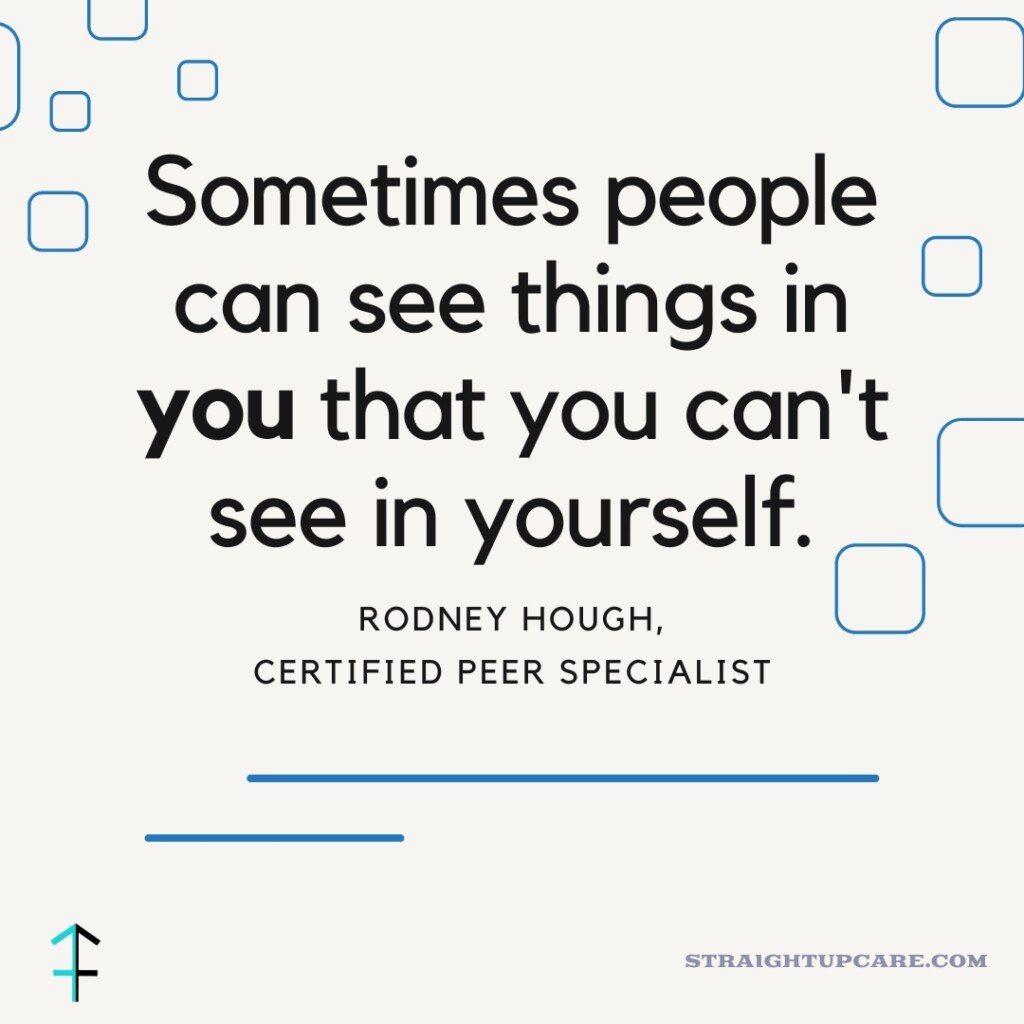
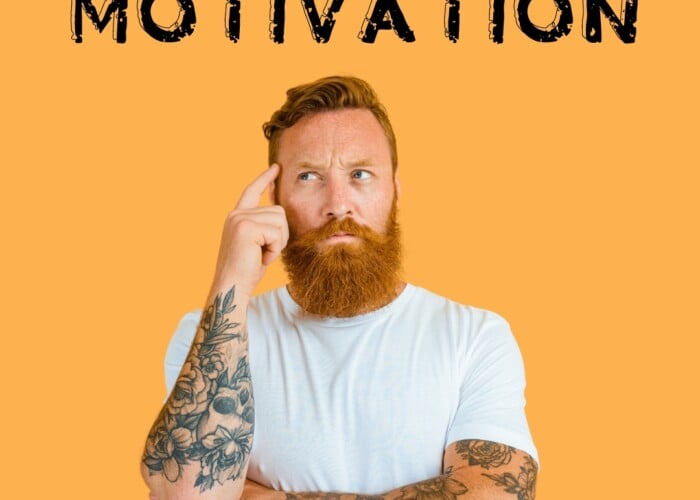
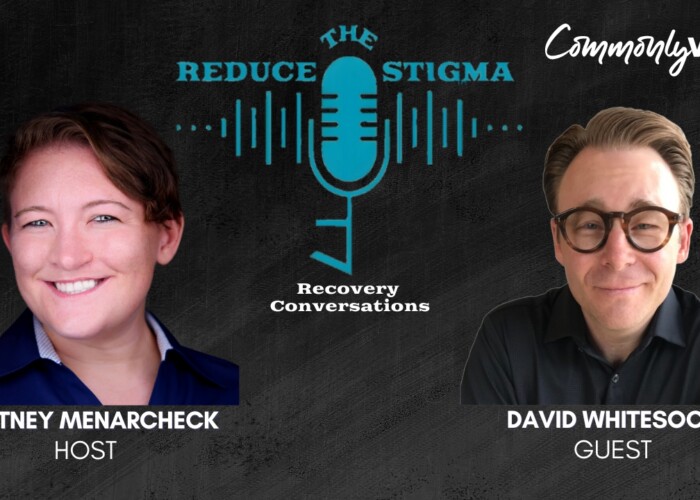
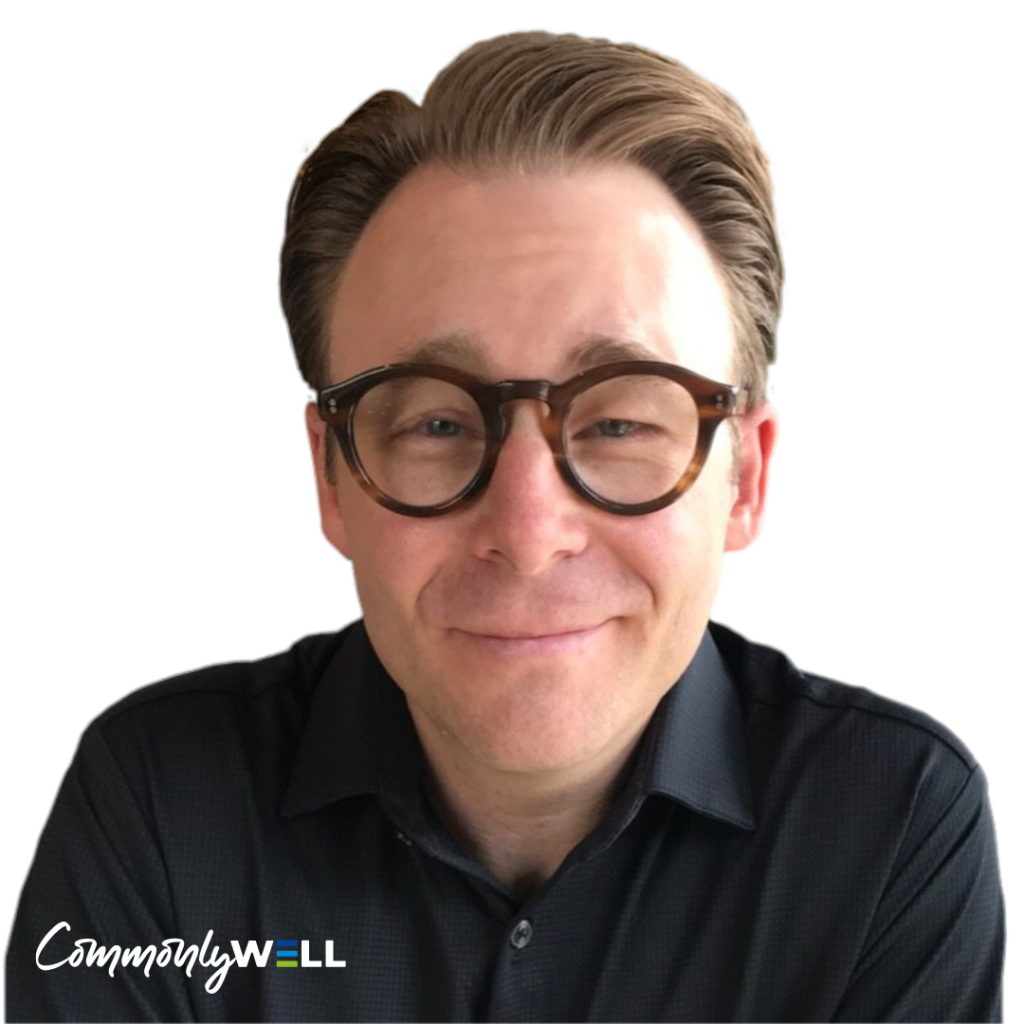
![Image of a mountain range with trees, along with a quote by David Whitestock that reads: "Every single human on the planet has capital that they have to access in order to grow and thrive in the human existence." David Whitestock is identified as the Founder & CEO of Commonly Well, a company focused on reducing the stigma around mental health [STRAIGHTUPCARE.COM].](https://straightupcare.com/wp-content/uploads/2024/07/8.8-capital-grow-thrive-david-whitesock-1024x1024.jpg)
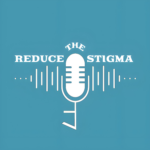

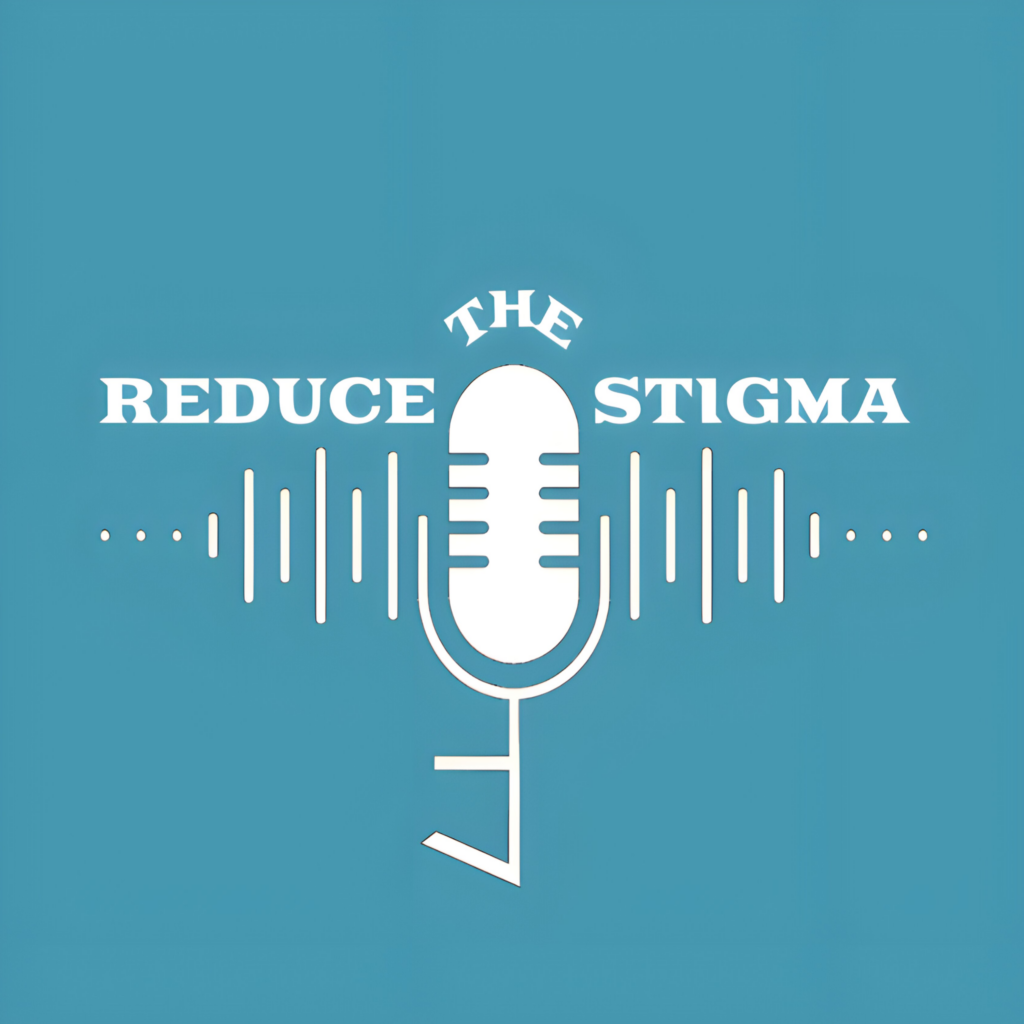


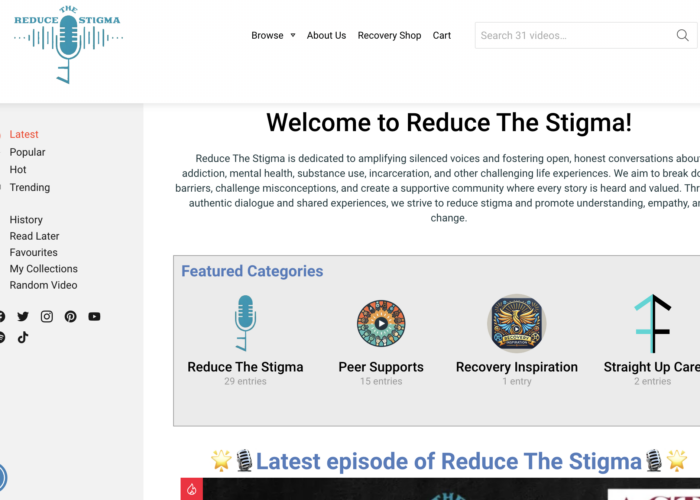
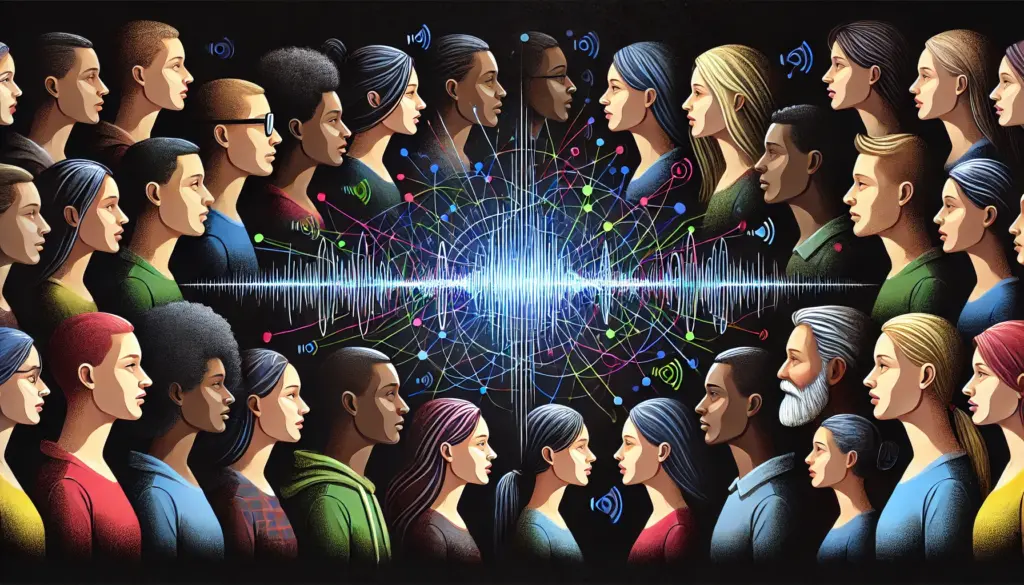
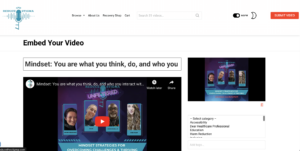 Empowering Storytelling Platform
Empowering Storytelling Platform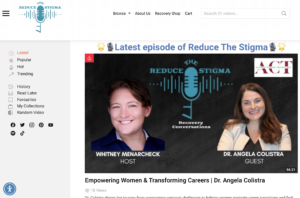 Never Miss The Latest RTS Episode
Never Miss The Latest RTS Episode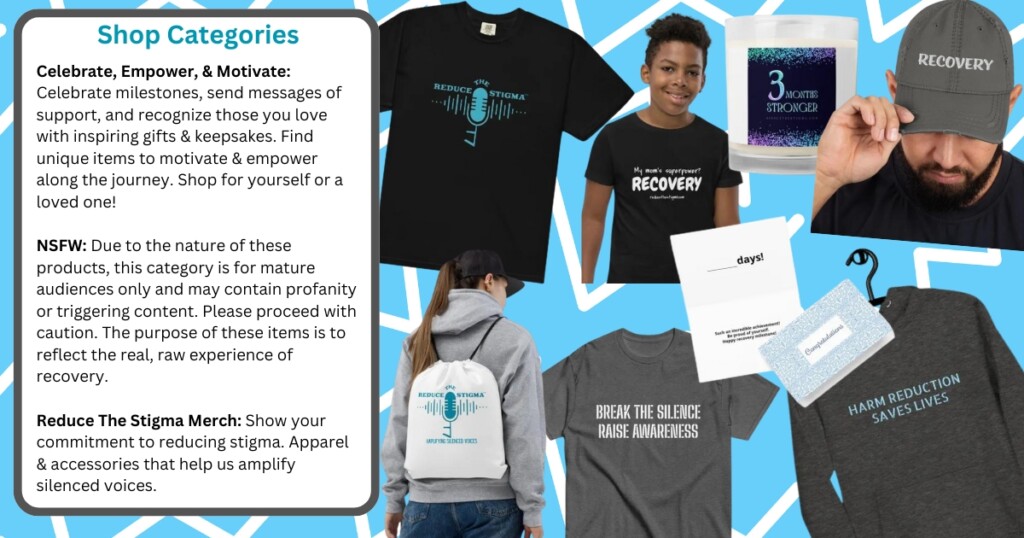
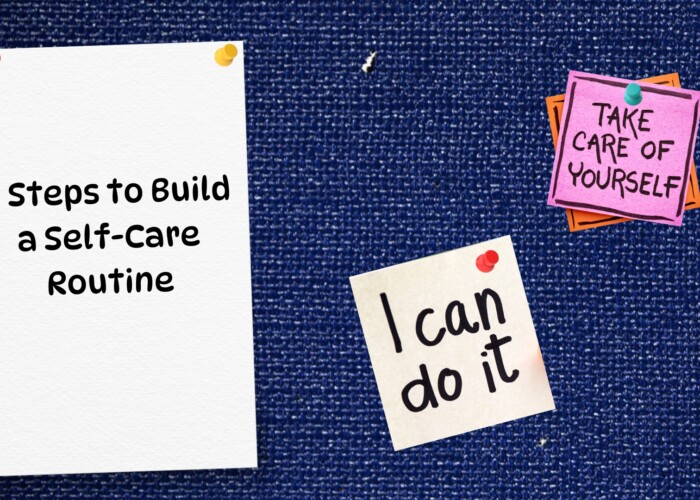
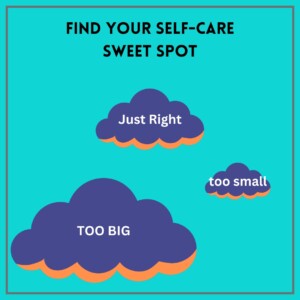 Step 1. Find Your Self-Care Sweet Spot
Step 1. Find Your Self-Care Sweet Spot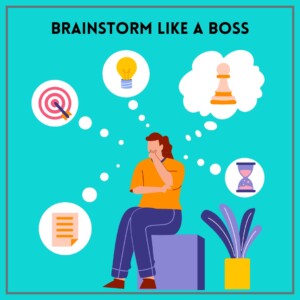 Step 2. Brainstorm Like a Boss
Step 2. Brainstorm Like a Boss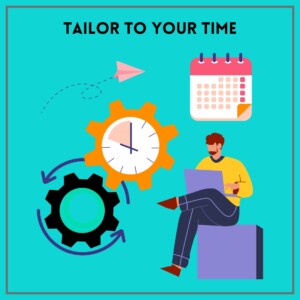 Step 3. Tailor It To Your Time
Step 3. Tailor It To Your Time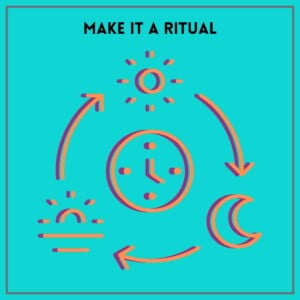 Step 4. Make it a Ritual
Step 4. Make it a Ritual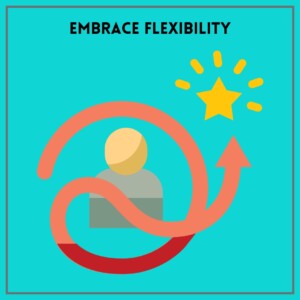 Step 5. Embrace Flexibility
Step 5. Embrace Flexibility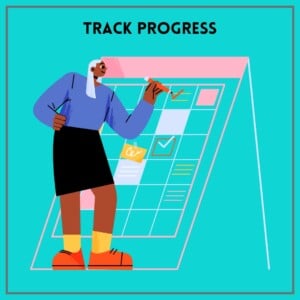 Bonus Tip: Track your progress! Jot down how you feel after each self-care activity. This will help you identify the practices that have the biggest impact on your well-being and refine your routine over time.
Bonus Tip: Track your progress! Jot down how you feel after each self-care activity. This will help you identify the practices that have the biggest impact on your well-being and refine your routine over time.